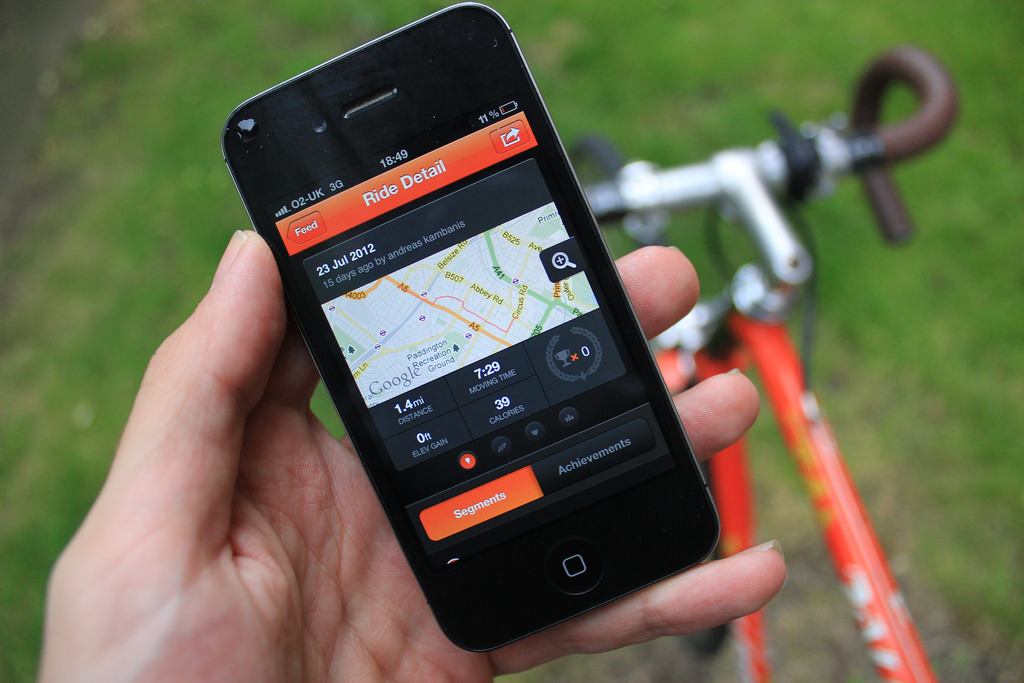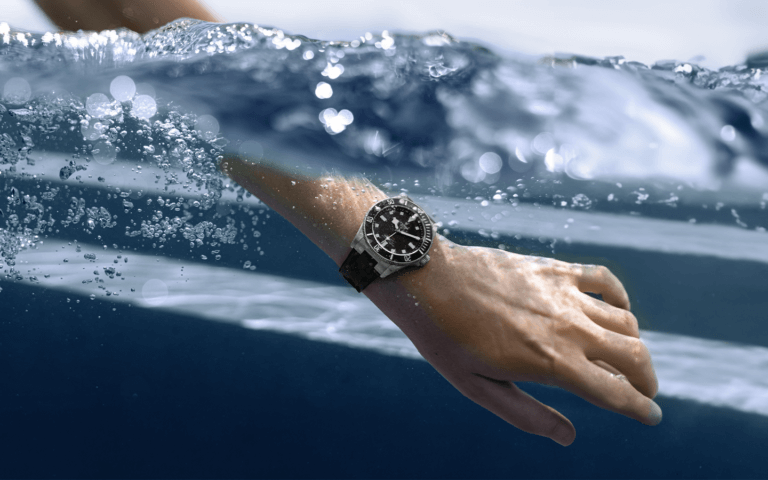Gone are the days of measuring our heart rate by hand, to ensure we’re in optimal condition during our workout. Nowadays, there are many fitness tracking apps to provide us with comprehensive data about our health and fitness progress at the push of a button.
From fitness planner apps to wearables, there’s something for everyone who wishes to take their exercise routine further. But what’s the technology behind the fitness tracking apps revolution, and is there a market for it? Ben Mercer from Leisure Lakes Bike’s mountain bike division offers his insights below.
Technology Meets Fitness
It’s no secret that the evolution of technology has penetrated pretty much every lifestyle sector. The fitness industry is one of them. The technological boom was matched by the rise of the health-conscious consumer.
That combination resulted in the birth of fitness tracking apps. It all started with the weight monitoring app MyFitnessPal and progressed to Fitbit and Strava. Nowadays, a wrist lacking a smart watch looks odd, and for cyclists, athletes, and sports enthusiasts, Strava is the go-to social network.
But what has allowed these applications to become a sensation and provide value for money to the consumers? The answer is innovative technology that’s based on advanced tools and smart hardware.
In the 1980s, Polar watches were designed with wireless heart rate monitors. This came about amidst the heyday of low-intensity home workout videos that emphasized consistent heart rate monitoring by hand throughout the workout. Think Jane Fonda and Richard Simmons digitalized into a Polar watch.
3D accelerometers were the next step in fitness tracking technology. They measure movement and vibration in a 3D space. We now know these as pedometers, and they are available for free on the Google Play Store. But the first phone that was able to track the user’s physical activity was Nokia’s 5500 Sports handset in 2006.
Today, it’s all about the convenience of wearable tech. There are hip wearables such as Fitbug; wrist wearables in the likes of Fitbit, and smartwatches; wearable cameras including Go Pro; and augmented and virtual headsets in the likes of Microsoft Hololens.
The hardware technology that informs these innovations is quite fascinating. Bioimpedance sensors, for example, collect information, from the resistance of body tissues to electric currents, in order to monitor heart and respiration rate. To ensure that stress levels are normal, skin response sensors measure body temperature and heart rate. For cyclists, runners, and swimmers, accelerometers track motion to collect data about speed, cadence, and distance to aid performance.
Rising Consumer Demand
Wearable fitness tracking tech and apps aren’t just fancy accessories. On the contrary, they have been welcomed with open arms by sports enthusiasts, and the demand is feeding into their continuous development.
In the UK alone, 80% of recreational athletes, who took part in a Tata Consultancy Services (TCS) survey, reported using fitness tracking technology in 2016. This includes “smartphone apps, fitness tracking devices, GPS watches, and heart rate monitors”.
62% of the respondents claimed that they use two or more devices. Wearable fitness trackers (37%) were slightly more popular than smartwatches (18%).
But has fitness tracking technology made a positive impact on people’s fitness routines and health? According to the survey, 93% experienced an improvement in healthy behavior. 75% claimed that the use of tracking apps was followed by an exercise boost. In fact, 10% of respondents started exercising twice as much, and about 25% increased their exercise routine by at least one more day.
Fitness tracking apps have revolutionized the cycling industry too. The world of cycling wouldn’t be the same without GPS mapping and route recording technology that provides you with an interactive insight into your performance. That’s especially beneficial for mountain bike riders who need off-road guidance to take them to the next level.
The COVID-19 Fitness Revolution
But things don’t end here. During the lockdown, the demand for fitness apps skyrocketed.
Due to lockdown restrictions, people weren’t able to attend their regular gym sessions and classes anymore but were still in need of guidance. That’s why fitness apps that provide personalized training plans for indoor and outdoor use flourished. One such app is Freeletics. Its usage increased by 50% between March and June 2020 and reached two million UK users.
The restrictions impacted the popularity of yet another fitness app – Strava. “More people may be turning to online exercise communities and apps to enhance their connectedness to other like-minded people who enjoy exercise”, commented Dr Charlotte Hilton of the British Psychological Society.
About two million new users registered with Strava every month throughout 2020. In December 2020, the company enjoyed a total of 73 million users. Interestingly, the majority of activity logged on the app was through running and cycling. The May five kilometers marathon challenge was completed by a record number of runners.
The revolutions of fitness tracking apps have been welcomed with praise by consumers. They reap the benefits of useful insights, tips, and progress updates to help them further advance in their fitness routines. Where will technology take the fitness industry next?
Technology moves at an alarming pace! Swot up on how you can incorporate VR products to up your fitness game with Virtual Reality Check: The Best VR Products Of 2022 to Augment Your Reality






